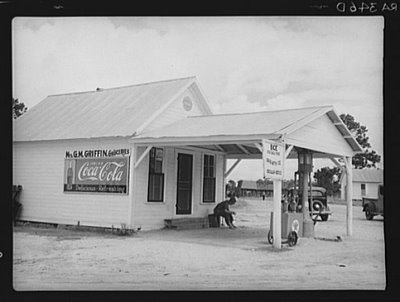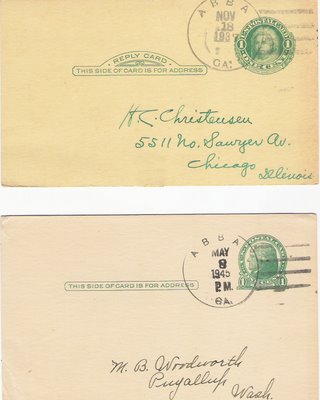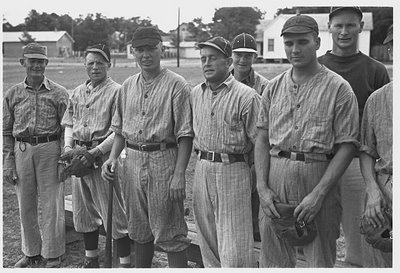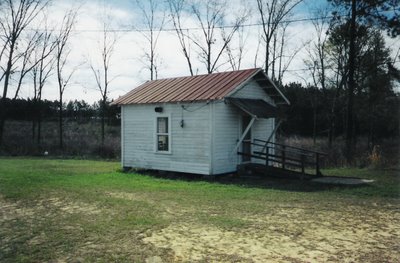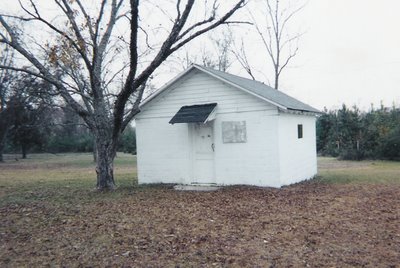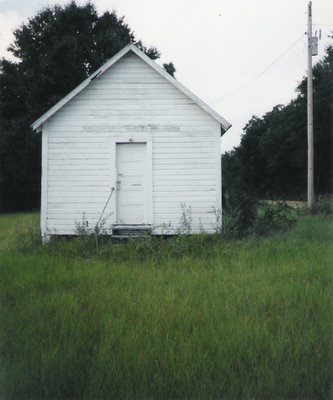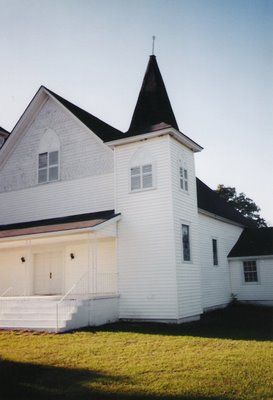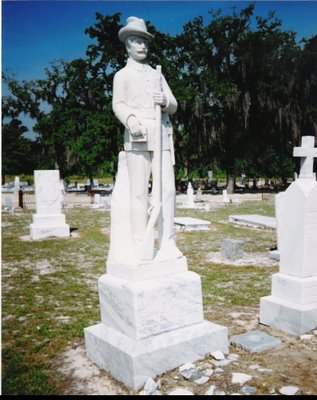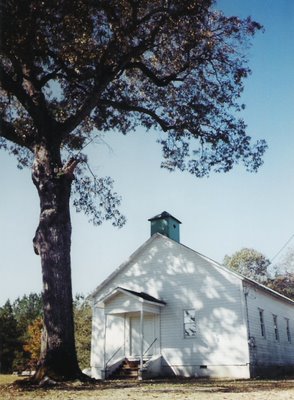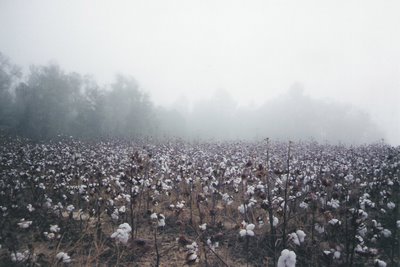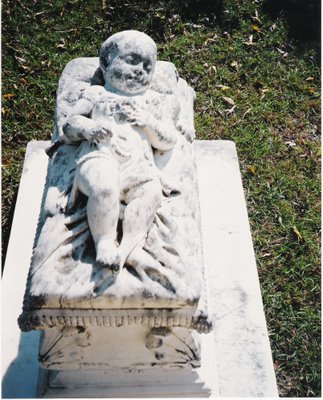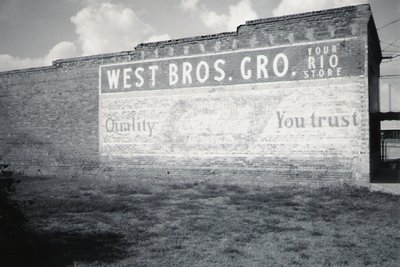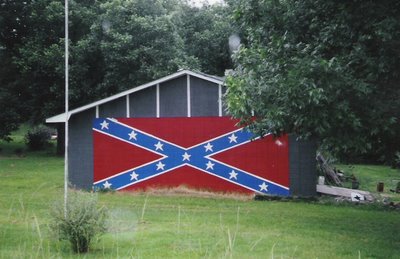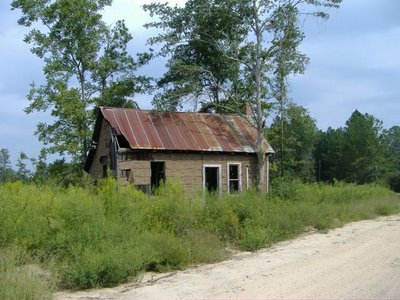Thursday, September 28, 2006
Wednesday, September 27, 2006
Forest Glen was never much more than a store/post office, with a church or two around its fringe, but today, virtually nothing remains. It occupied an area about a mile or so north of Bowen's Mill on US Highway 129. I'd appreciate any information anyone may have on Forest Glen.
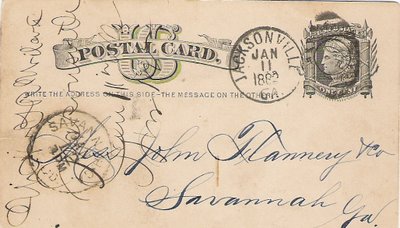 Jacksonville, GA, Jan 11 1882
Jacksonville, GA, Jan 11 1882(Telfair County)
Monday, September 25, 2006
Sunday, September 24, 2006
 Frank Precinct House, 2002
Frank Precinct House, 2002 Holt Precinct House, 2001
Thursday, September 21, 2006
Abba is a settlement in Irwin County. In days gone by, at least through World War II, it had a post office, store, and a railroad stop. The church, which was organized in 1889, is all that remains. Area residents take great pride in maintaining this historic place, and the congregation remains quite active. The gothic minarets at the front of the church are quite interesting, and somewhat unusual for a rural house of worship.
Wednesday, September 20, 2006
 Farm Boy who Sells Grit,
Farm Boy who Sells Grit,

